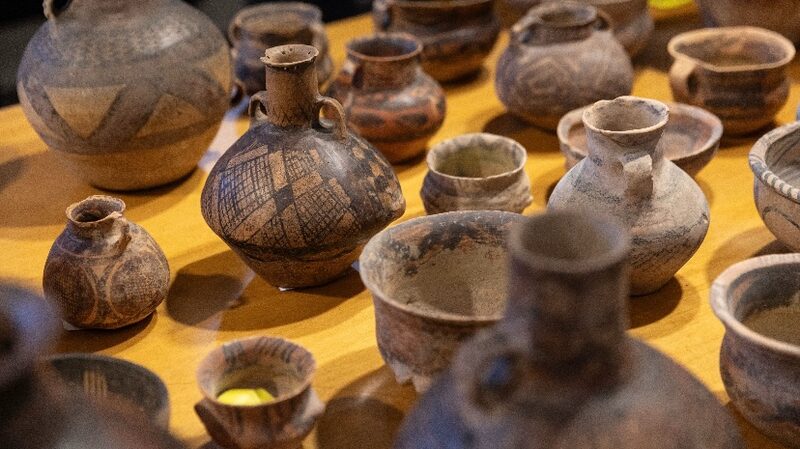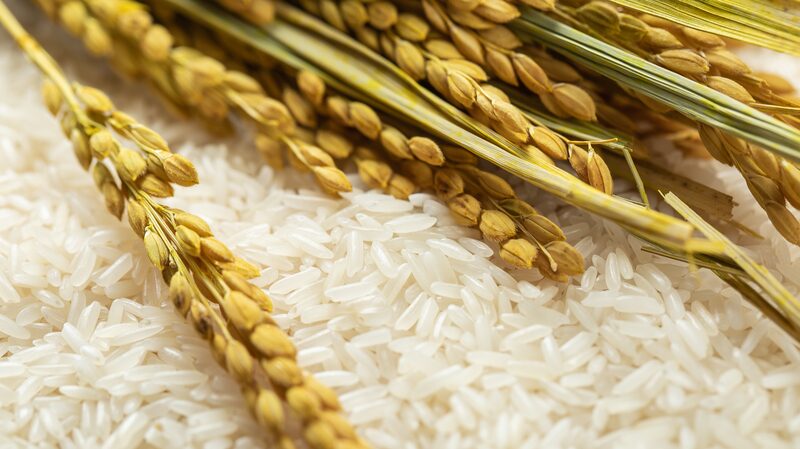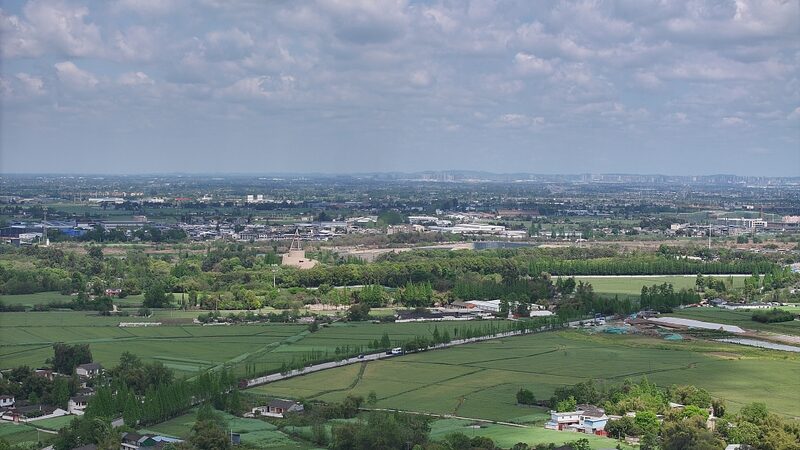Imagine unlocking the secrets of humanity’s oldest food staples with tech straight out of a sci-fi movie! 🤖 Chinese researchers have done just that, using CT scans to study 10,000-year-old pottery fragments and rewriting the history of rice domestication.
A team from Zhejiang University, led by researcher An Ting, analyzed two ceramic sherds unearthed at the Shangshan archaeological site in Zhejiang Province. These relics, buried for millennia along the Yangtze River, revealed tiny rice traces invisible to the naked eye. 🕵️♂️ \"Plant imprints on ancient artifacts are like time capsules,\" An explained, highlighting how the discovery bridges gaps in understanding how wild rice became a global crop.
Why does this matter? 🌍 Rice feeds over half the world today, but its origins have been fuzzy. The Shangshan site—dating back 11,400 years—now offers the earliest concrete evidence of humans shaping rice evolution. No preserved seeds? No problem! Advanced imaging tech uncovered microfossils embedded in clay, proving our ancestors were rice pioneers long before written history.
Published in The Holocene, this research isn’t just about the past. It’s a reminder of how innovation (and patience!) can solve ancient mysteries—one CT scan at a time. 🧩
Reference(s):
cgtn.com





